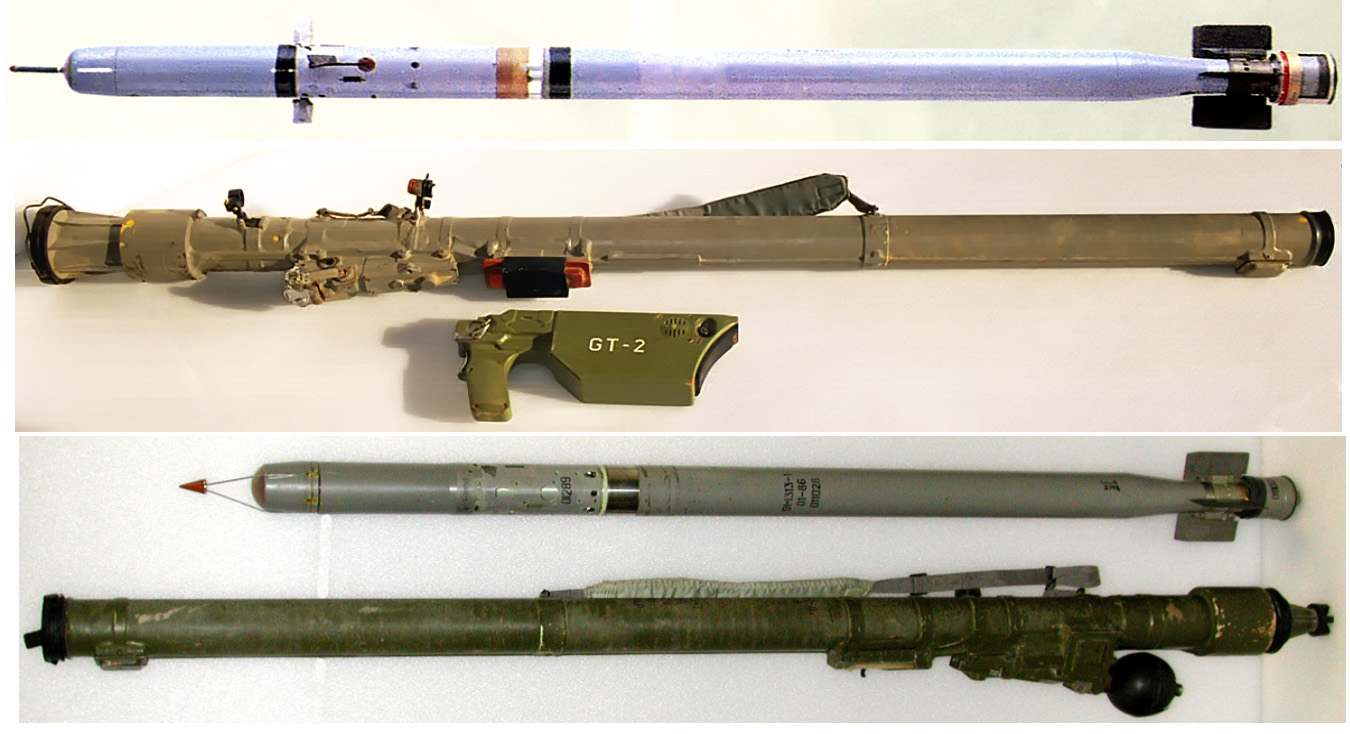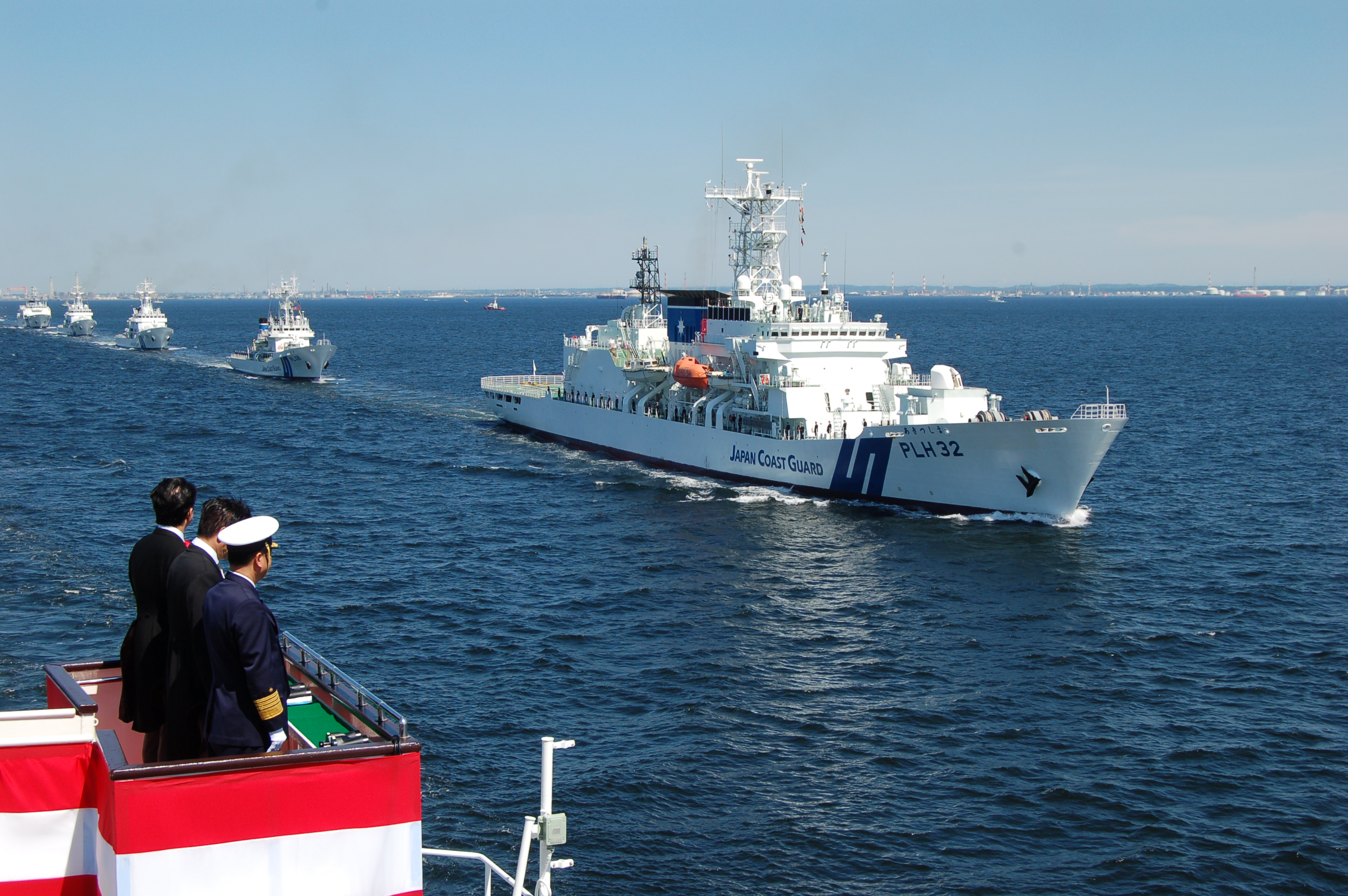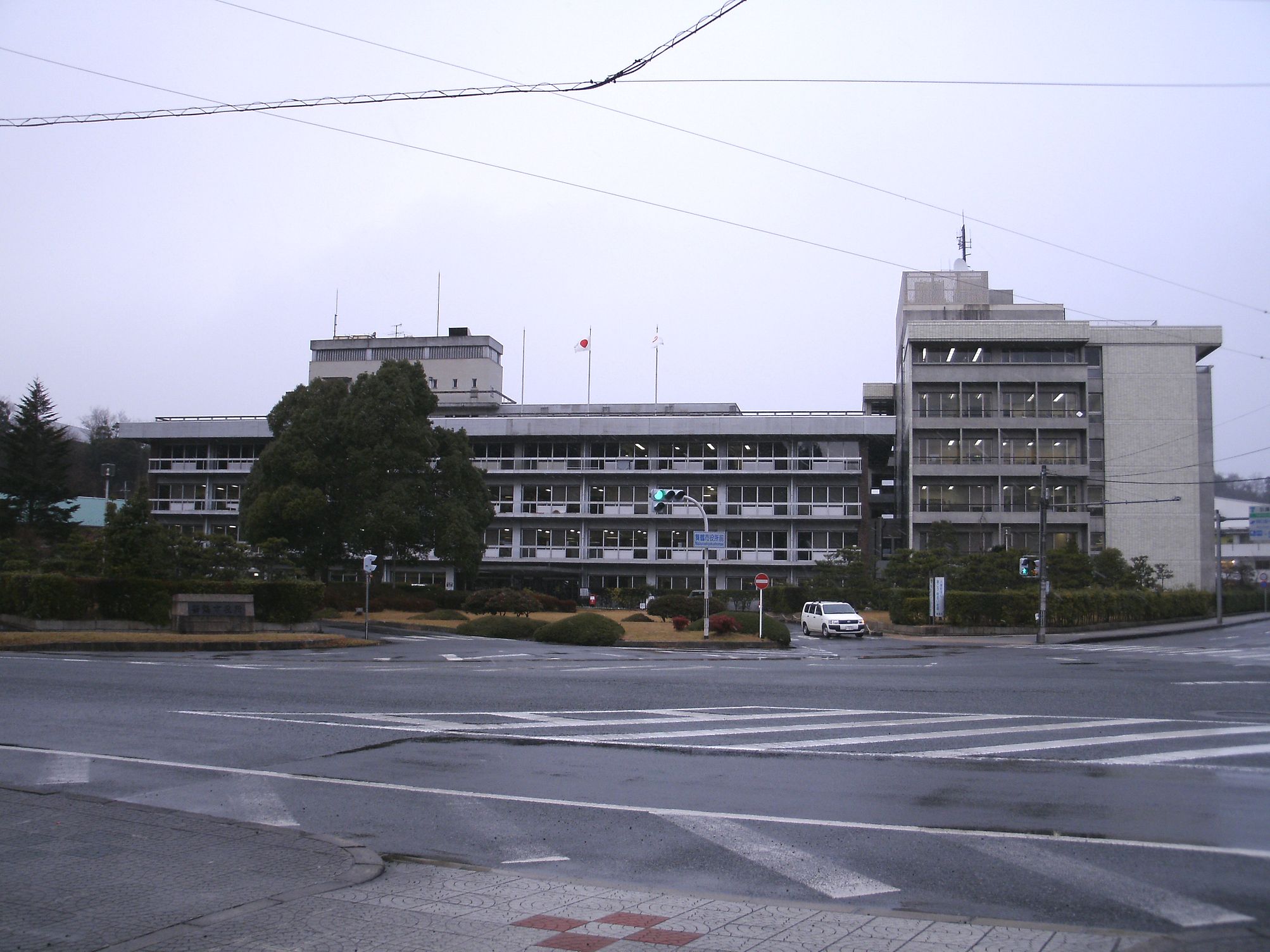|
Tsurugi-class Patrol Vessel
The ''Tsurugi'' class ( ja, つるぎ型巡視船) is a class of small patrol vessel of the Japan Coast Guard (JCG). The development of this class was one of the earliest attempts of the JCG to deal with spy boats from North Korea. In March 1999, the JCG tried to intercept vessels of unknown nationality suspected to be North Korean, but the unknown vessels were too fast, and the Japan Maritime Self-Defense Force had to be called to intercept the unknown vessels. As a consequence of this failure, JCG realized their need for high speed interceptors. The ''Tsurugi'' class is referred to as . Planned as the top-tier of JCG intercept spy boats, this class features very high speed and accurate firepower. Its weaponry includes a JM61 20 mm Gatling gun, and a Remote Firing System consisting of a remote weapon system with a laser-optical fire-control system. In the Battle of Amami-Ōshima, the combination of the 20 mm gun with the RFS proved its worth, but it became clear that its ... [...More Info...] [...Related Items...] OR: [Wikipedia] [Google] [Baidu] |
Hitachi Zosen Corporation
is a major Japanese industrial and engineering corporation. It produces waste treatment plants, industrial plants, precision machinery, industrial machinery, steel mill process equipment, steel structures, construction machinery, tunnel boring machines, and power plants. Despite its name, Hitachi Zosen, of which last word literally means shipbuilding, no longer builds ships, having spun off the business to Universal Shipbuilding Corporation in 2002, nor is it a ''keiretsu'' company of Hitachi any longer. History Hitachi Zōsen's origins go back to April 1, 1881, when British entrepreneur Edward H. Hunter established in Osaka to develop the Japanese steel-making and shipbuilding industry. Hunter had come to Japan in 1865 and had established the Onohama Shipyard in Kobe before moving to Osaka and establishing a new shipyard at the junction of the Nakatsu and Aki rivers which could construct ships of under 1000 tons displacement. His first vessel, the ''Hatsumaru'' was launched in 1 ... [...More Info...] [...Related Items...] OR: [Wikipedia] [Google] [Baidu] |
9K38 Igla
The 9K38 Igla (russian: Игла́, "needle", NATO reporting name SA-18 Grouse) is a Russian/Soviet man-portable infrared homing surface-to-air missile (SAM) system. A simplified, earlier version is known as the 9K310 Igla-1 (NATO: SA-16 Gimlet), and the latest variant is the 9K338 Igla-S (SA-24 Grinch). The Igla-1 entered service in 1981, the Igla in 1983, and the Igla-S in 2004. The Igla has been supplemented by the 9K333 Verba since 2014.New Russian Verba MANPADS will replace Igla-S - Armyrecognition.com, 15 September 2014 History The development of the Igla short-range man-portable air defense system ( MA ...[...More Info...] [...Related Items...] OR: [Wikipedia] [Google] [Baidu] |
List Of Japan Coast Guard Vessels And Aircraft
List of Japan Coast Guard vessels and aircraft. Fleet PLH (Patrol Vessel Large With Helicopter) * 2 Helicopter class ** ''Shunkō'' class ''(ja)'' ** ** * 1 Helicopter class ** ''Reimei'' class (Modified ''Shikishima'' class) ** *** ''Ryūkyū'' class (Modified ''Tsugaru'' class) ** '' ''Soya'' class'' ''(ja)'' PL (Patrol Vessel Large) * 3500 t class ** ''Miyako'' class ''(ja)'' ** ''Izu'' class ''(ja)'' * 2000 t class ** * 1000 t class ** (''Kunisaki'' class) ** ** ** ** (''Erimo'' class) (1 vessel from this class was transferred to Malaysia Maritime Enforcement Agency: PL 02) ** ''Oki'' (''Nojima'') (1 vessel from this class was transferred to Malaysia Maritime Enforcement Agency: PL 01) ** Training role * 3000 t class ** ''Kojima'' (3rd) ''(ja)'' ** ''Miura'' ** ''Okoyama'' * 1100 t class ** ''Kojima'' (2nd) ''(ja)'' PM (Patrol Vessel Medium) * 500 t class ** ''Katori'' class ''(ja)'' ** ''Teshio'' class (2nd) ''(ja)'' ** ''Teshio'' class (''Natsui'' cl ... [...More Info...] [...Related Items...] OR: [Wikipedia] [Google] [Baidu] |
Nagasaki
is the capital and the largest city of Nagasaki Prefecture on the island of Kyushu in Japan. It became the sole port used for trade with the Portuguese and Dutch during the 16th through 19th centuries. The Hidden Christian Sites in the Nagasaki Region have been recognized and included in the UNESCO World Heritage List. Part of Nagasaki was home to a major Imperial Japanese Navy base during the First Sino-Japanese War and Russo-Japanese War. Near the end of World War II, the American atomic bombings of Hiroshima and Nagasaki made Nagasaki the second and, to date, last city in the world to experience a nuclear attack (at 11:02 am, August 9, 1945 'Japan Standard Time (UTC+9)'). , the city has an estimated population of 407,624 and a population density of 1,004 people per km2. The total area is . History Nagasaki as a Jesuit port of call The first contact with Portuguese explorers occurred in 1543. An early visitor was Fernão Mendes Pinto, who came from Sagres ... [...More Info...] [...Related Items...] OR: [Wikipedia] [Google] [Baidu] |
Hamada, Shimane
is a city located in Shimane Prefecture, Japan. It is the third largest city in the prefecture and is located at the southwestern end of the prefecture. It is a coastal city on the Sea of Japan and possesses beautiful white sand beaches, which make the city a popular destination for local tourists in the summer. Hamada is a small city around 1 hour 40 minutes by expressway to Hiroshima. The city was founded on November 3, 1940. On October 1, 2005, the towns of Asahi, Kanagi and Misumi, and the village of Yasaka (all from Naka District) were merged into Hamada. Therefore, Naka District was dissolved as a result of this merger. As of March 2017, Hamada City has an estimated population of 57,142, with roughly 43,000 people living in the coastal urban 'city' area. The prefectural university ( The University of Shimane) is located in Hamada, as is the Institute for Northeast Asian Research. Hamada is one of the few cities in the region to possess a heavy tonnage shipping port. Th ... [...More Info...] [...Related Items...] OR: [Wikipedia] [Google] [Baidu] |
Naze, Kagoshima
was a city located on Amami Ōshima in Kagoshima Prefecture, Japan. The city was founded on July 1, 1946. As of 2003, the city had an estimated population of 41,778 and the density Density (volumetric mass density or specific mass) is the substance's mass per unit of volume. The symbol most often used for density is ''ρ'' (the lower case Greek letter rho), although the Latin letter ''D'' can also be used. Mathematical ... of 327.31 persons per km². The total area was 127.64 km². On March 20, 2006, Naze, along with the town of Kasari, and the village of Sumiyō (both from Ōshima District), was merged to create the city of Amami. Although the town no longer exists as a legal entity, Naze is still referred to locally as the port and main urban district of Amami city. External links Official website of Amami Dissolved municipalities of Kagoshima Prefecture {{Kagoshima-geo-stub ... [...More Info...] [...Related Items...] OR: [Wikipedia] [Google] [Baidu] |
Kanazawa, Ishikawa
is the capital Cities of Japan, city of Ishikawa Prefecture, Japan. , the city had an estimated population of 466,029 in 203,271 households, and a population density of 990 persons per km2. The total area of the city was . Overview Cityscape File:もてなしドーム3.jpg, Kanazawa Station(2013) File:Omichoichibakan004.jpg, Ōmichō-Market(Ōmichō-Ichiba)(2013) File:Kanazawa view from Utatsuyama Park.jpg, Skyline of Kanazawa City(2017) File:Cityscape at downtown Kanazawa.jpg, Central Business District, CBD of Kanazawa File:Katamachi Crossing.jpg, Downtown of Katamachi Area (2022) Geography Kanazawa is located in north-western Ishikawa Prefecture in the Hokuriku region of Japan and is bordered by the Sea of Japan to the west and Toyama Prefecture to the east. The city sits between the Sai River (Ishikawa), Sai and Asano river, Asano rivers. The eastern portion of the city is dominated by the Japanese Alps. Parts of the city are within the borders of the H ... [...More Info...] [...Related Items...] OR: [Wikipedia] [Google] [Baidu] |
Maizuru, Kyoto
is a city in Kyoto Prefecture, Japan. , the city had an estimated population of 78,644 in 34817 households and a population density of 230 persons per km². The total area of the city is . Geography Maizuru is located in northern Kyoto Prefecture, facing scenic Maizuru Bay on the Sea of Japan to the north and Fukui Prefecture to the east. Neighboring municipalities Kyoto Prefecture * Ayabe * Miyazu *Fukuchiyama Fukui Prefecture * Takahama Climate Like Toyooka in Hyōgo Prefecture, Maizuru has a climate resembling the Hokuriku region rather than the rest of Kansai, though it is less wet than other Hokuriku towns during the late autumn and winter because its location on a deep inlet means the northerly winds driven by the Siberian High and Aleutian Low do not produce as much rain and/or snow. In the summer, however, Maizuru can be extremely oppressive as the intense radiation creates extreme humidity around the bay: on August 13, 1994 the town recorded a ''minimum'' temperatu ... [...More Info...] [...Related Items...] OR: [Wikipedia] [Google] [Baidu] |
Sakata, Yamagata
is a city located in Yamagata Prefecture, Japan. , the city had an estimated population of 106,244 in 39,320 households, and a population density of 180 people per km2. The total area of the city is . History The area of present-day Sakata was the location of the provincial capital of ancient Dewa Province, although the precise location has yet to be discovered by archaeologists. A port at the mouth of the Mogami River is known to have existed since the Kamakura period. Although silting rendered it less important in the Muromachi period, the area developed as a major center for the coastal trade during the Edo period. By the early Meiji period, the Honma clan, a local merchant clan, dominated trade and emerged as the largest landholder in Japan. Traces of their powerful influence on Sakata City can still be seen across the city. This includes the Honma Museum and The Honma Gardens located in the downtown area. With the establishment of the modern municipalities system after th ... [...More Info...] [...Related Items...] OR: [Wikipedia] [Google] [Baidu] |
Autocannon
An autocannon, automatic cannon or machine cannon is a fully automatic gun that is capable of rapid-firing large-caliber ( or more) armour-piercing, explosive or incendiary shells, as opposed to the smaller-caliber kinetic projectiles (bullets) fired by a machine gun. Autocannons have a longer effective range and greater terminal performance than machine guns, due to the use of larger/heavier munitions (most often in the range of , but bigger calibers also exist), but are usually smaller than tank guns, howitzers, field guns or other artillery. When used on its own, the word "autocannon" typically indicates a non-rotary weapon with a single barrel. When multiple rotating barrels are involved, such a weapon is referred to as a "rotary autocannon" or occasionally "rotary cannon", for short (particularly on aircraft). Autocannons are heavy weapons that are unsuitable for use by infantry. Due to the heavy weight and recoil Recoil (often called knockback, kickback o ... [...More Info...] [...Related Items...] OR: [Wikipedia] [Google] [Baidu] |
Bofors 40 Mm Automatic Gun L/70
The Bofors 40 mm Automatic Gun L/70, (Bofors 40 mm L/70, Bofors 40 mm/70, Bofors 40/70 and the like), is a multi-purpose autocannon developed by the Swedish arms manufacturer AB Bofors (today BAE Systems Bofors) during the second half of the 1940s as a modern replacement for their extremely successful World War II-era Bofors 40 mm L/60 gun-design. It was initially intended as a dedicated anti-aircraft weapon, being sold as ''Bofors 40 mm Automatic A.A. Gun L/70'', but has since its conception been redeveloped into a dedicated multi-purpose weapon capable of firing both sabot projectiles and programmable ammunition. The Bofors 40 mm L/70 design never achieved the same popularity and historical status as the original L/60 design but has still seen great export and popularity to this day, having been adopted by around 40 different nations and even being accepted as NATO-standard in November 1953. It is still being produced and sold (since March 2005 by BAE S ... [...More Info...] [...Related Items...] OR: [Wikipedia] [Google] [Baidu] |








